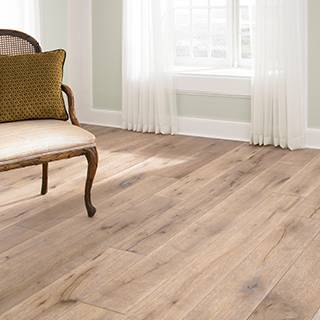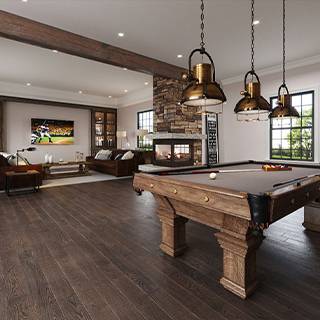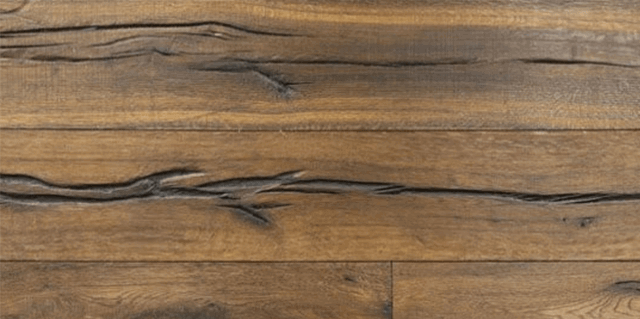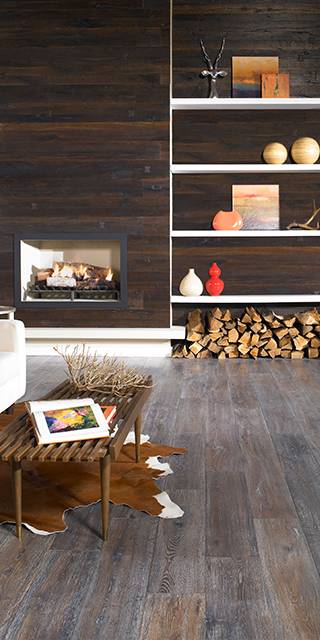
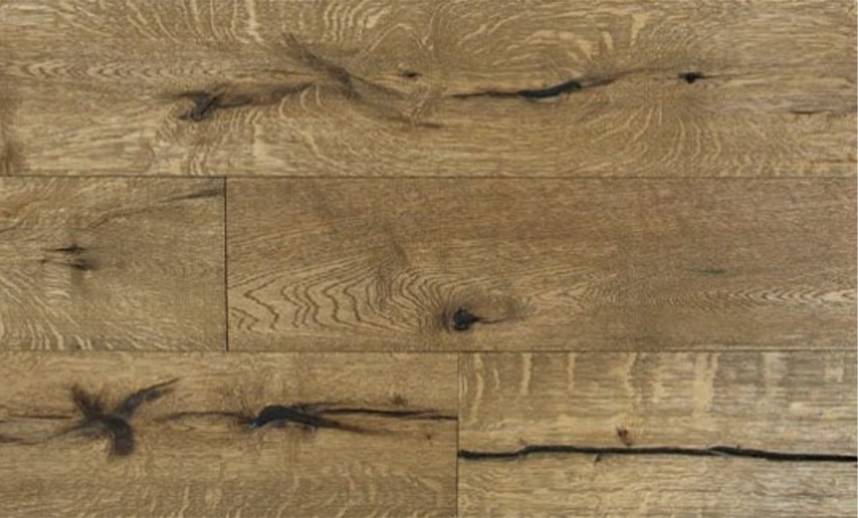
The Basics
Flooring Types
Flooring sets the stage for a beautiful interior view, especially when you take advantage of the many exciting options for hardwood flooring at MacDonald Hardwoods.
We are proud to offer you a wide selection of hardwood flooring, as well as some basic information to help make the design and purchasing process fun, creative, and easy.
Our extensive selection enhances any space, with an unmatched variety of options.
- Widths – Traditional to Wide
- Colors – Light, Medium, Dark
- Species – Maple, Oak, Hickory, Ash, & more
- Textures – Smooth, Wire Brushed, Hand Scraped
- Styles – Solid, Enhanced, Engineered
Wood Species
Each species of wood offers different strengths and looks. Review our selection
of hardwoods to learn more each species.
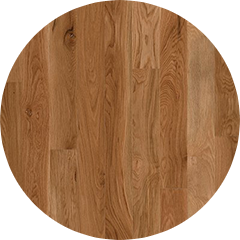
Oak
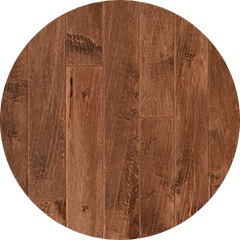
Maple
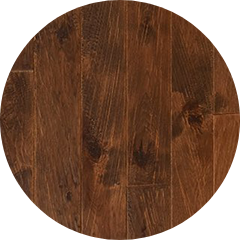
Hickory
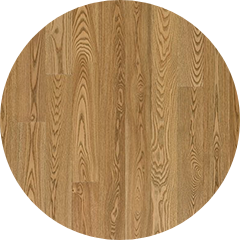
Ash
Oak Flooring
experts at MacDonald Hardwoods specialize in oak flooring. Oak
has a reputation for being a strong, hard wood. The two main
types used for our oak flooring are referred to as White Oak and
Red Oak, and although they are similar, they have a few
characteristics that are worth comparison.
to it.
even have a minute e amount of pink or gray to it. The grain
has longer, open rays as well as knots or swirling patterns.
harder than Northern Red Oak, so is more durable. Due to tannic
acid, White Oak is protected from insects and fungi.
Maple Flooring
Hickory Flooring
Ash Flooring
Glossary
MacDonald Hardwoods would like to credit the National Wood Flooring
Association for this comprehensive glossary of wood flooring terms.
The amount of moisture in wood expressed as a percentage of the weight of the oven dry wood.
• NOFMA hardwood flooring is manufactured at 6% to 9% moisture content, with a 5% allowance for pieces up to 12% moisture content.
• APA parquet flooring is to be 7% to 11 % moisture content at time of shipment. 5% of the flooring may be outside of this range.
• Flakeboard – A particle panel product composed of flakes.
• Oriented Strand Board – A type of particle panel product composed of strand-type flakes which are purposefully aligned in directions which make a panel stronger, stiffer, and with improved dimensional properties in the alignment directions than a panel with random flake orientation.
• Waferboard – A particle panel product made of wafer-type flakes. Usually manufactured to possess equal properties in all directions parallel to the plane of the panel.
cleaning solutions and equipment
The Original
Do-It-Yourself Store
Our affordable cleaning solutions and equipment are
available for rent or purchase. Check out our Easy
Hardwood Floor Cleaner™. Just ask one of our flooring
experts for advice on which hardwood floor cleaning
product would be best for the wood in your home. We even
offer instructional classes!
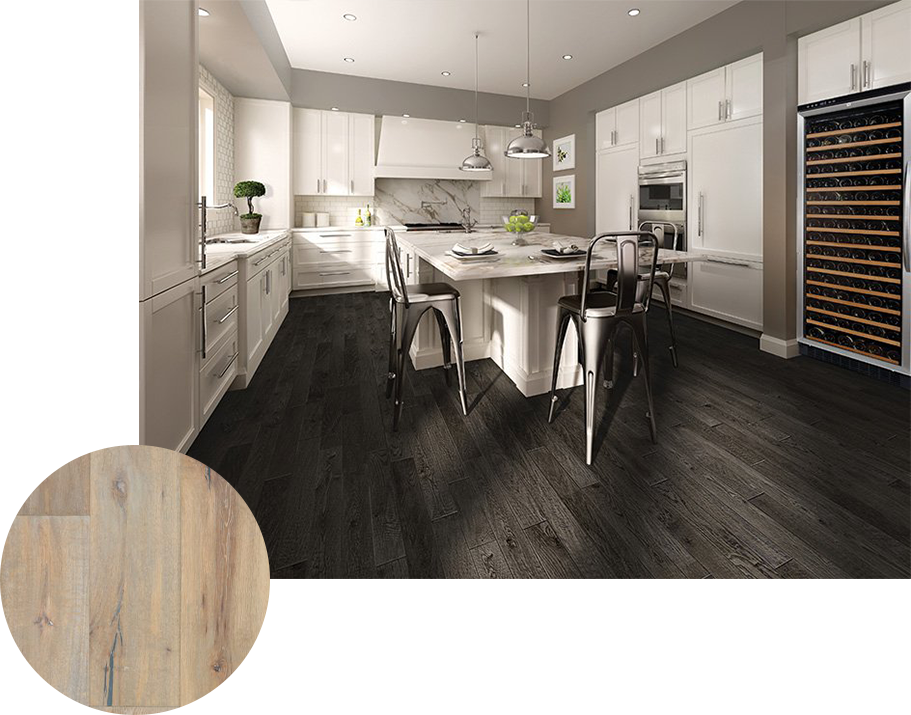
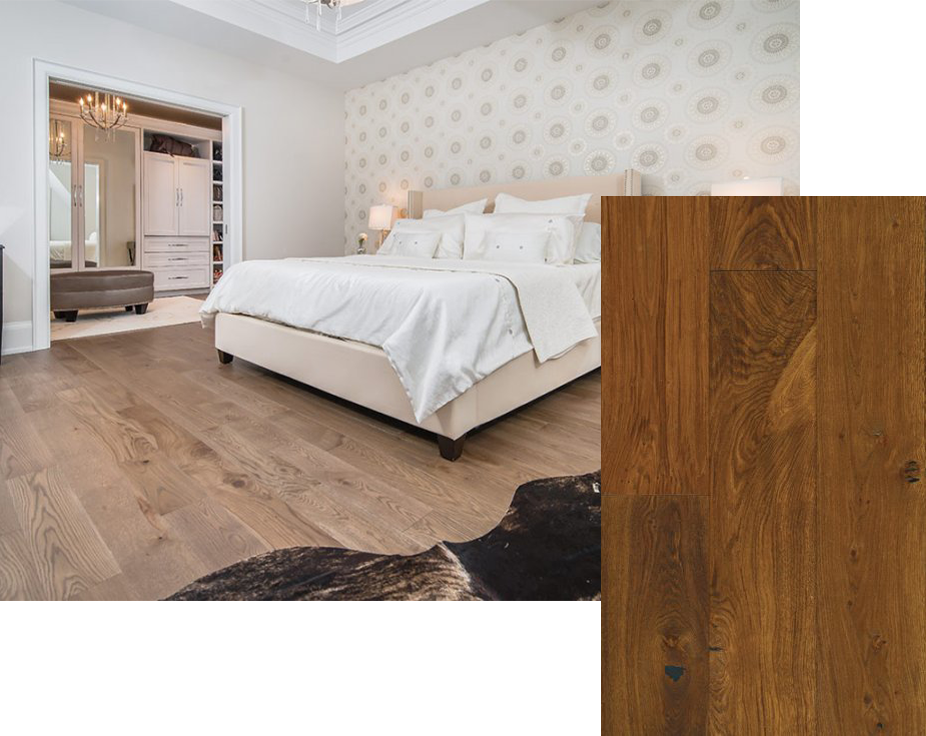
KEEPING HARDWOOD FLOORS BEAUTIFUL
Cleaning And
Maintenance
For more than three decades, customers have relied on our MacDonald Easy Hardwood Floor Cleaner to keep flooring beautiful – no streaks, no residue!
Check out our entire cleaning system, including cutting-edge quality and design products. We’ve put together a top selection of products over our 30-plus years in the industry. These hardwood floor care products enhance your home’s beauty while still keeping your budget in mind. Drop by our showroom to see the many options available.
Wood Flooring Cleaning Tips
Properly cleaning your hardwood floors is important to maintain the sheen
and glossy finish of your floor. Keep your floor looking new by reading
through some of our hardwood floor cleaning tips.
- Vacuum or sweep your floor regularly to remove dirt, dust,
and any loose material. We recommend the MacDonald
Hardwoods Mac Vac™. - Remove spills promptly. Use your terry cloth mop cover or a
clean, soft cloth with MacDonald Hardwoods Easy Floor
Cleaner™ to clean up wet spills. Use a vacuum or broom to
pick up dry spills and abrasives. - Placemats at exterior doors to trap sand and grit from
incoming traffic. - Install felt floor protectors on the “feet” of all furniture.
- Use area rugs on high traffic areas: at ends of steps, near
doorways, etc. All rugs should allow your wood floor to
breathe. Avoid rubber-backed or non-ventilated rugs. When
rugs are impractical, periodically check your floor for wear. - Maintain the relative humidity in your home between 45%
and 55%. Excessive humidity or extreme dryness can cause
your wood floor to swell or shrink, creating cupping or cracks
- Do not let sand, dirt, and grit build up. They can act like
sandpaper and actually abrade and dull your floor finish. - Never damp mop a wood floor. Excessive amounts of
water can cause your floor to swell and cup. No matter
what you’ve heard from family and friends, do not wet
mop with water and vinegar to clean hardwood floors.
This can dull your floor and finish over time. - Avoid walking on wood floors with high heels. They can
severely damage wood floors. Keep heels in good repair. - Keep pets’ claws properly trimmed to avoid excessive
scratches and gouges. - Do not use wax, oil soap, liquid polish, or other household
cleaners on your polyurethane finished wood floor. The
use of these products can dull today’s floor finishes and
make refinishing difficult.
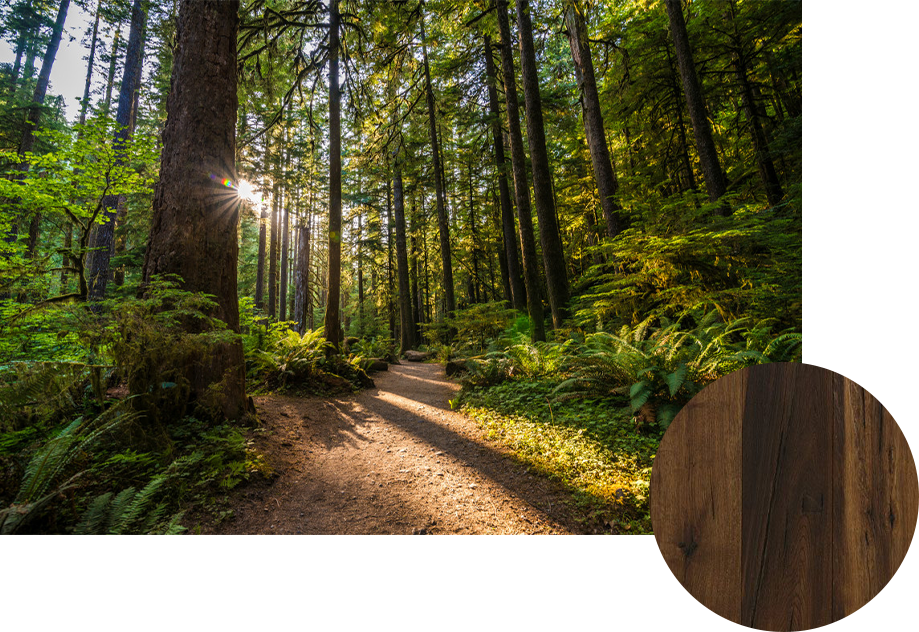
some things to consider
Humidity And
Hardwood Flooring
Colorado and the surrounding mountain states are among the most challenging regions for all wood products because of our extremely dry climate. The concerns of relative humidity control have been addressed by all major wood flooring manufacturers and are clearly documented by them and the National Wood Flooring Association. You should consider the following.
It is the responsibility of the homeowner to keep the relative humidity within a constant and acceptable range. Consideration of an appropriate humidification system should be given when a home is designed, or when hardwood flooring is added to an existing home. A floor moisture barrier will help you keep moisture from under your home from seeping into the wood. If you live in a dry climate, it’s a good idea to understand how to increase humidity in a room. Here’s why.
- Experts differ slightly on the range they feel is the most
appropriate, but a consensus would be between 25% and 40% relative humidity. Any in-home environmental conditions at the low end of, or below, this range will probably result in drying and cracking to some extent of most woods. Without additional humidification, in-home relative humidity can drop below 20% during the heating season because our Colorado winters are so dry. - Even if the atmosphere is generally controlled within this range, there will still be some movement as the seasons change and the relative humidity moves up or down.
- Wood is a natural product and its limits must be respected. Because extremely low humidity has such a profound effect on properly manufactured and installed wood flooring, manufacturers do not consider some plank separation or cracking to be defects that would be covered under their warranty.
- Engineered wood flooring is more stable than solid wood flooring and will not shrink or expand as much. However, it is still an all-wood product that will react to swings in humidity.
- Solid wood floors generally will expand and contract more than engineered floors resulting in larger gaps between the flooring boards during dry times of the year.
- Extremely dry conditions (those below 25%) will result in gaps between solid wood planks. The size of the gaps will depend upon the size of the planks. The wider the plank, the wider the gap.
- Extremely dry conditions (those below 25%) will also result in gaps between engineered planks. However, they will not be as wide.
- Extremely dry conditions may also result in cupping of engineered planks. (Dry cupping is caused when the top of the board is dryer than the bottom.)
- Extremely dry conditions (those below 25%) may also result in cracks and checking in the surface of both engineered and solid planks. These are not considered defects and are not covered under manufacturer’s warranties.

